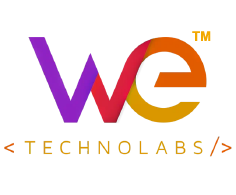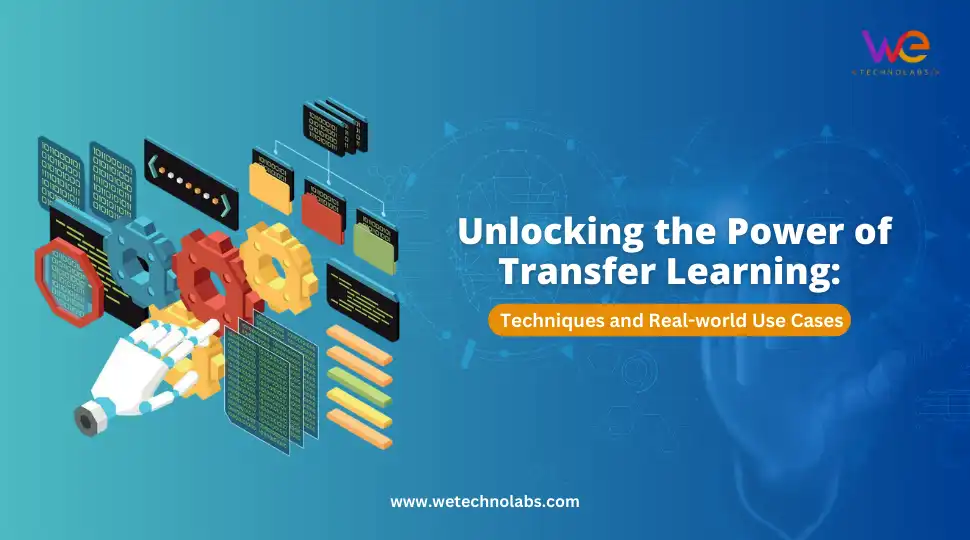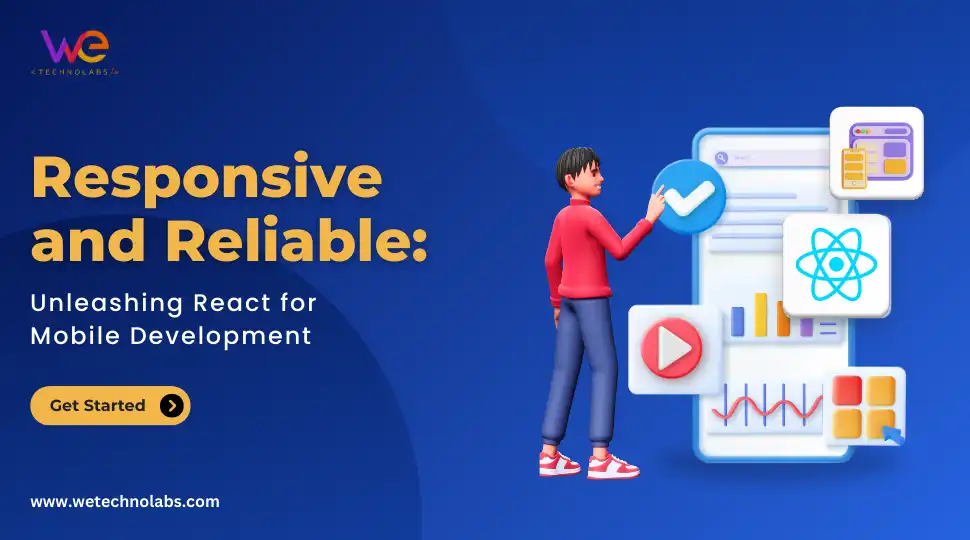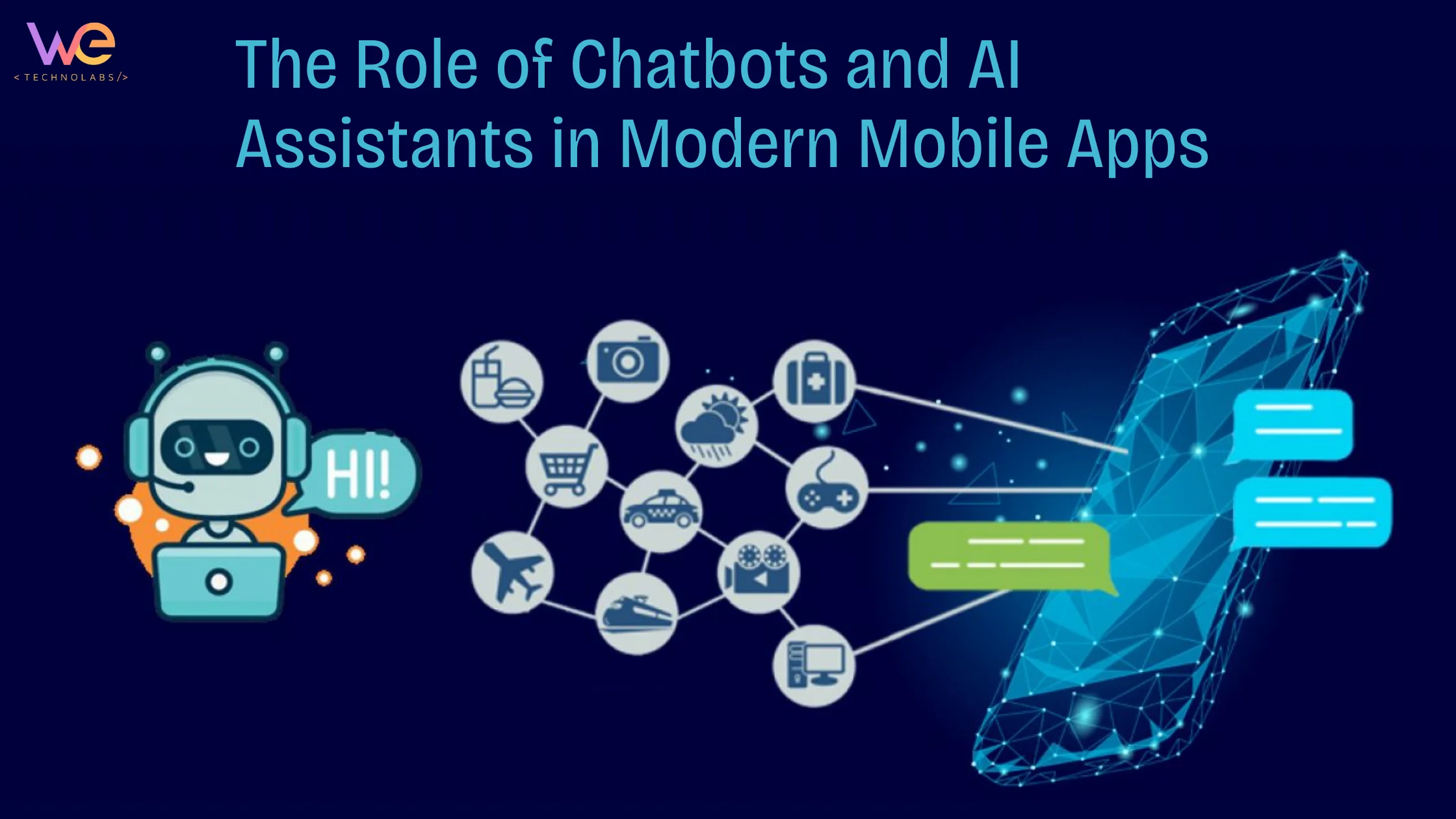In the dynamic landscape of machine learning, one concept has emerged as a game-changer for achieving remarkable results with limited resources: Transfer Learning. This powerful technique allows machines to leverage knowledge acquired from one task and apply it to another, thereby accelerating the learning process. It’s no wonder that transfer learning is at the forefront of innovations in various domains, including the web development sector. In this blog post, we will explore the techniques and real-world applications of transfer learning, shedding light on its immense potential.
Understanding Transfer Learning
Before we delve into the applications of transfer learning, let’s grasp the fundamental principles behind this technique. Transfer learning involves the reuse of pre-trained models to boost the performance of a model on a new task. The key idea is to transfer the knowledge acquired during training on one task to improve the performance of another. There are various types of transfer learning, including inductive, transductive, and unsupervised, each serving specific purposes.
Techniques of Transfer Learning
To harness the power of transfer learning, understanding its techniques is crucial. Two primary techniques are feature extraction and fine-tuning. Feature extraction involves using the knowledge encoded in the layers of a pre-trained model as a set of features for a new model. Fine-tuning, on the other hand, enables you to retrain and adapt pre-trained models to your specific task, often involving a smaller learning rate to prevent losing valuable knowledge.
In transfer learning, the reuse of pre-trained models plays a central role. When reusing models, you can choose to either freeze all layers except the last one or fine-tune multiple layers to better suit the new task. Domain adaptation is another technique where the model adapts its understanding to the new data distribution while preserving valuable knowledge from the source domain.
Real-world Use Cases
The power of transfer learning becomes evident when we explore its applications in real-world scenarios. Here are a few examples:
- Healthcare: Transfer learning enhances image classification in medical diagnosis. Pre-trained models can quickly identify and classify medical images, aiding healthcare professionals in disease detection and patient care.
- Natural Language Processing (NLP): Transfer learning revolutionizes NLP applications like chatbots and language translation. Pre-trained language models, such as BERT, have become the cornerstone of understanding and generating human language.
- Autonomous Vehicles: Object detection in autonomous vehicles benefits from transfer learning. By reusing pre-trained models, these vehicles can identify pedestrians, vehicles, and obstacles more accurately.
- Finance Sector: In the finance sector, transfer learning aids fraud detection by identifying suspicious patterns in transactions, helping to secure sensitive financial data.
- Social Media: Sentiment analysis tools rely on transfer learning to understand and interpret user sentiment, allowing companies to gain valuable insights from social media data.
Benefits and Challenges
While transfer learning offers numerous benefits, including faster training and better performance, it’s not without its challenges. The main challenges include addressing differences in data distribution between tasks, preventing overfitting, and selecting the right pre-trained model and hyperparameters for the task at hand.Through the above article, we can recommend you the latest dresses.Shop dress in a variety of lengths, colors and styles for every occasion from your favorite brands.
Case Studies
Let’s take a closer look at one of the case studies to see how transfer learning can make a significant impact.
A web development company sought to automate image classification for its clients’ websites. By using transfer learning on a pre-trained image classification model, the company significantly reduced the time and resources required for model training. The model, fine-tuned on a dataset of website images, achieved remarkable accuracy, streamlining the web development process and enhancing user experiences.
Best Practices
- To make the most of transfer learning, consider the following best practices:
- Carefully choose a pre-trained model that aligns with your task.
- Experiment with different layers for fine-tuning to optimize performance.
- Address domain differences with domain adaptation techniques when necessary.
- Regularly monitor your model’s performance and fine-tune it as needed.
Future Directions
Transfer learning continues to evolve and expand its applications. As technology advances, we can expect even more sophisticated techniques and real-world applications in diverse domains, including web development.
Conclusion
Transfer learning is a powerful tool that unlocks the potential of machine learning by reusing pre-trained models to achieve outstanding results in various tasks. Its applications in real-world scenarios, including the web development sector, are nothing short of transformative. As you embark on your own journey with transfer learning, remember to explore the techniques, understand the best practices, and stay tuned for the future advancements in this dynamic field.
For web development companies, harnessing the power of transfer learning can be a game-changer in creating visually appealing and efficient websites. So, embrace the potential of transfe






